How Copper Engravings are Done – Eric Meier (2009)
Natural History largely depended on artists before the invention of photography. Some of the most successful scientific expeditions such as the Voyage of the Endeavor by Captain James Cook had artists on board that would sketch and draw. These drawings would later be masterfully retraced onto copper plates for reproduction in a dedicated studio that required a lot of resources beyond the capacity of a ship. The process was extremely labor intensive and slow but the results were impressive for […]




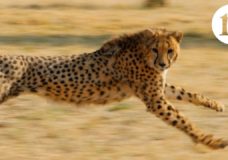



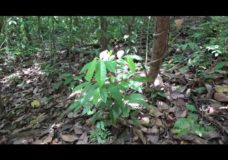
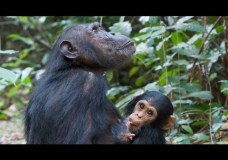


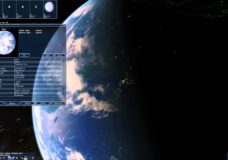
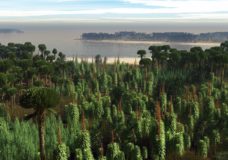

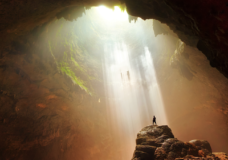

Recent Comments